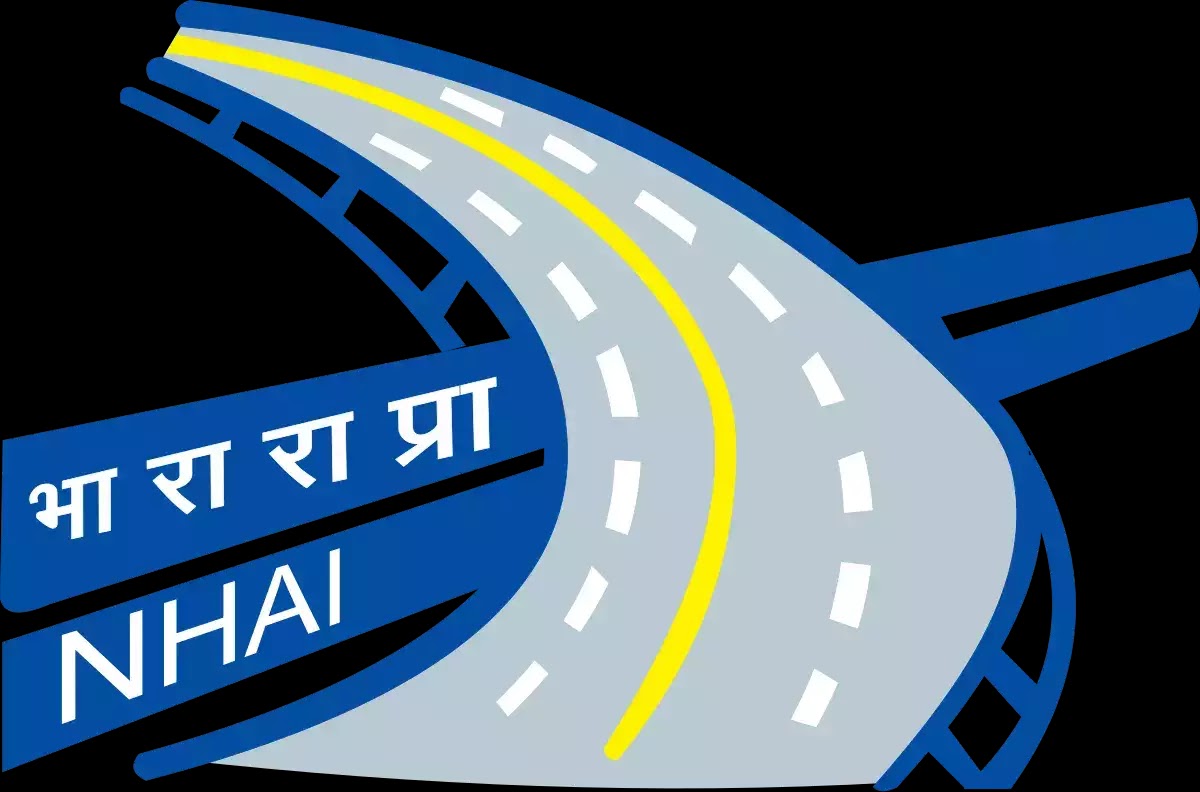The Motor Vehicles Act, 1988, and Central Motor Vehicle Rules, 1989, shape traffic norms in India, evolving through amendments to enhance road safety. Crucial to this is the enforcement of traffic laws, primarily the responsibility of State Governments and Union Territory administrations. Strict enforcement is vital to deter violations, fostering a safer environment for all road users.
NHAI ERS Mobile Application for Seamless Dispatch Information
- In tandem with the Computer Aided Dispatch System, NHAI has unveiled the NHAI ERS (Emergency Response System) Mobile Application.
- Functioning as a cohesive platform, this application facilitates the smooth relay of dispatch-related information to on-road units.
- Leveraging mobile technology, NHAI aims to enhance communication and coordination during emergency situations, ultimately bolstering the efficiency of emergency response teams.
- This mobile application represents a progressive step towards a more connected and responsive emergency infrastructure.
Standard Formulation for Moving Off Information Systems (MOIS)
- The Central Motor Vehicle Rules-Technical Standing Committee (CMVR-TSC) and the Automotive Industry Standards Committee (AISC) recognize the crucial role of technology in enhancing road safety.
- These committees have taken proactive steps by initiating the formulation of standards specifically tailored for Moving Off Information Systems (MOIS), emphasizing the commitment to incorporating advanced technologies for safer road experiences.
Applicability to Specific Vehicle Categories Under Central Motor Vehicle Rules
These standardized norms will be applicable to vehicles falling under categories M2, M3, N2, and N3, as stipulated by the Central Motor Vehicle Rules.
M2 Category
Category M2 includes motor vehicles used for the carriage of passengers, comprising nine or more seats in addition to the driver’s seat, with a maximum Gross Vehicle Weight not exceeding five tonnes.
M3 Category
Category M3 pertains to motor vehicles used for the carriage of passengers, comprising nine or more seats in addition to the driver’s seat, and having a Gross Vehicle Weight exceeding five tonnes.
N2 Category
Category N2 involves motor vehicles used for the carriage of goods, with a Gross Vehicle Weight exceeding 3.5 tonnes but not exceeding 12 tonnes.
N3 Category
Category N3 encompasses motor vehicles used for the carriage of goods, with a Gross Vehicle Weight exceeding 12 tonnes.
Moving Off Information Systems (MOIS): An Advanced Driver Assistance System
- MOIS serves as an advanced driver assistance system designed to aid drivers during low-speed moving off from rest manoeuvres.
- These manoeuvres often involve potential collisions between the mentioned vehicle categories and vulnerable road users, such as pedestrians and cyclists.
- MOIS is equipped to detect and inform the driver of the presence of pedestrians and cyclists in the close-proximity forward blind-spot of the vehicle.
The Motor Vehicles Act and Central Motor Vehicle Rules, alongside initiatives like MOIS, contribute significantly to creating a safer and more secure road environment for all.
Questions Related to Exams
Q1. What is the primary purpose of the NHAI ERS Mobile Application?
A: The NHAI ERS Mobile Application aims to facilitate the seamless relay of dispatch-related information to on-road emergency response units, enhancing communication and coordination during emergency situations.
Q2. What vehicle categories are covered by the standardized norms for Moving Off Information Systems?
A: The standardized norms for Moving Off Information Systems apply to vehicles falling under categories M2, M3, N2, and N3, as stipulated by the Central Motor Vehicle Rules.
Q3. What is the significance of the NHAI ERS Mobile Application in emergency response?
A: The NHAI ERS Mobile Application is significant in enhancing communication and coordination during emergency situations, thereby improving the efficiency of emergency response teams.




 Centre Unveils ₹17 Lakh Crore PPP Projec...
Centre Unveils ₹17 Lakh Crore PPP Projec...
 Haryana to Launch India's First Hydrogen...
Haryana to Launch India's First Hydrogen...
 Supreme Court Signs MoU for Law Clerks E...
Supreme Court Signs MoU for Law Clerks E...







